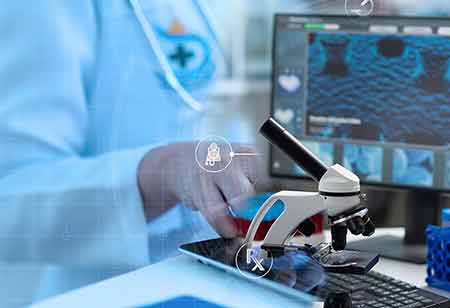Numerous artificial intelligence applications for anesthesiology are testing in clinical environments.
FREMONT, CA: Artificial Intelligence (AI) is frequently associated with entertainment, robotics, and 1991 Hollywood blockbusters. However, healthcare, retail, sports, linguistics, and other industries have profited greatly from the arrival of AI. And currently, AI software development is occurring in an increasing number of sectors of all types.
AI has many applications in healthcare, from diagnosis to treatment. Identifying pulmonary tuberculosis on chest x-rays or diagnosing pneumonia, for instance, is fundamentally an image recognition application. AI also plays a vital role in studying and evaluating novel medications.
Anesthesiology is the medical specialty that manages pain before, during, and after surgical procedures. And AI can accomplish a great deal in this domain. AI can influence anesthesiology practice during preoperative support, critical care, and outpatient pain management. It's possible to implement AI at any stage.
Monitoring of anesthesia depth
The anesthetic depth is the extent to which an anesthetic agent depresses the central nervous system. The degree of anesthesia can be one of four states (awake, light, general, or deep anesthesia) depending on the anesthetic drug and its concentration at the time of administration. Clinicians monitor the degree of anesthetic to prevent anesthetic awareness, which occurs when a patient becomes conscious of surgical events. This might result in pain, breathing difficulties, post-traumatic stress disorder, and other significant issues for the sufferer. Anesthetic awareness is an undertreated issue since it is difficult to

